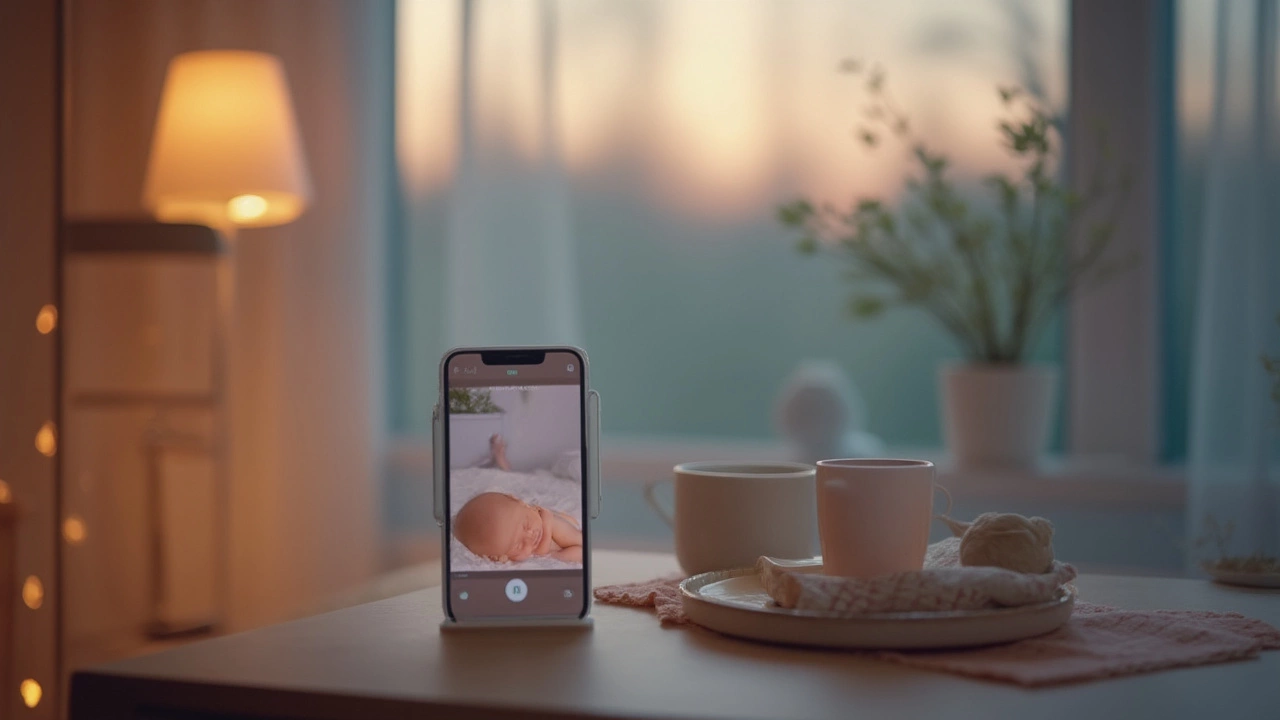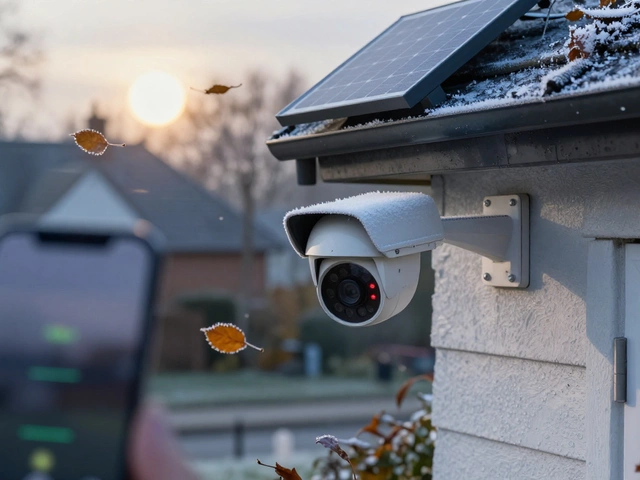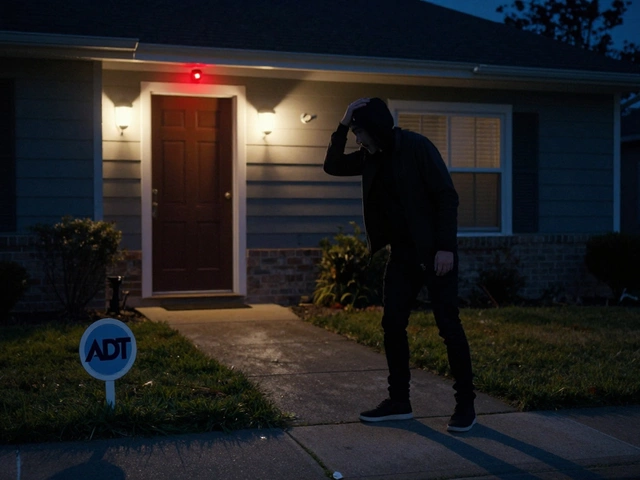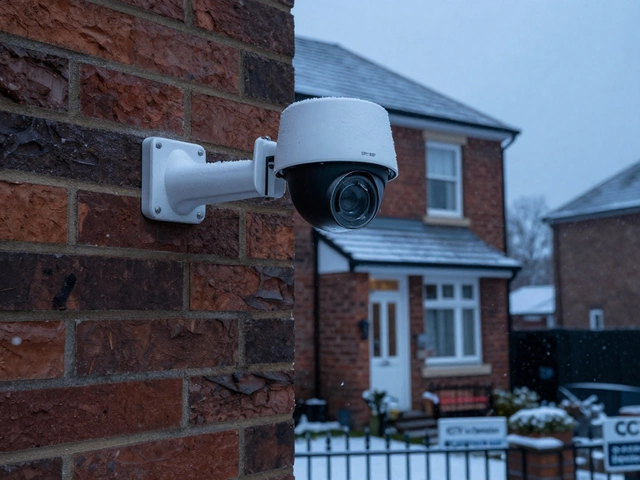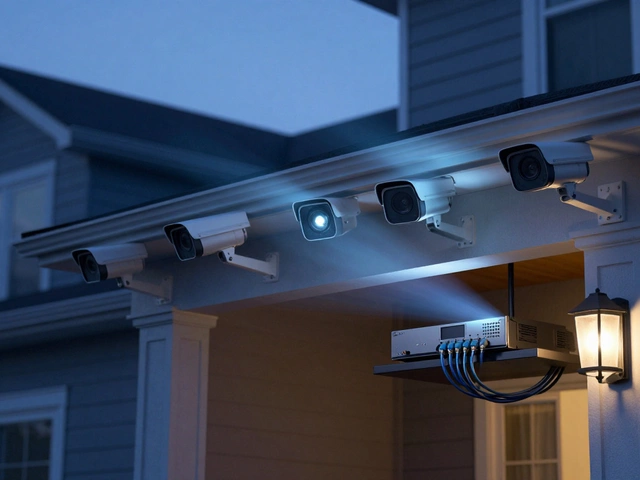You don’t need to sprint down the hall every time your baby makes a peep. These days, your smartphone can do the checking for you—without you ever leaving your couch or desk. Believe it or not, smart baby monitors have become more than just a camera and speaker. With features like HD video, breathing tracking, and real-time alerts, today’s top monitors plug directly into your everyday life and phone. So, which monitor is actually the best in 2025? And , how do you avoid burning cash on duds? Let’s break down the tech, the truth, and what parents are actually saying.
What Makes a Baby Monitor Great for Phone Connections?
The main thing people want from a smart baby monitor is, obviously, to see and hear their baby—instantly—from wherever they are. But not all app-connected monitors are created equal. Some are buggy with unreliable apps, some have a lag so bad you’d see your baby crying in the app long after they’ve drifted back to sleep. Some hog your wifi, others are free of monthly fees, and a few smarties will even alert you if your kid’s blanket covers their face. Let’s get into the features that really matter for your phone-connected monitor:
First, seamless connectivity. You want a monitor that pairs with both iPhones and Android phones, works on your home wifi or mobile data, and maintains a reliable, encrypted connection. Monitors like the Nanit Pro and Owlet Cam push encrypted video and audio to your phone in seconds. Most rely on 2.4GHz wifi for stability, but the best models also support 5GHz for less interference. Some even have their own private networks (not relying on your home wifi), but these usually require you to be close to the base station—great for privacy, not so much for working parents on the go.
Next up: video and audio quality. Nobody wants grainy, laggy feeds. Look for at least 1080p HD video (standard now in 2025), night vision that doesn’t distort faces, and two-way audio so you can shush your baby from the kitchen. Audio should be sensitive, but not so sensitive you hear the cat jump off the window ledge. The Eufy SpaceView Pro is a favorite with crystal-clear imaging and crisp sound—even in pitch black.
App experience is huge. You don’t want a complicated, ad-riddled app just to peek in on your baby. The best baby monitor apps are intuitive, load fast, and let you share access with your partner, grandparents, or a trusted babysitter. Check app store reviews—real parents will always complain if the app lets them down. Also: most top apps let you set up push notifications for motion, sound, or even special alerts like cry detection or temperature shifts. Some, like Miku Pro and CuboAi Plus, offer smart analytics, like sleep summaries and breathing data, which you can browse in the app—or even export to your pediatrician.
Battery and power backup often get overlooked, but nobody wants a monitor that dies the minute there’s a blackout or network hiccup. Look for models with battery backup or local SD card recording for those just-in-case moments. The Lollipop Baby Monitor includes a backup power option and cloud recording, while the Google Nest Cam (indoor, used by some parents as a baby monitor) stores footage in the cloud with subscriptions and has a basic backup. Just double-check which features work offline, because some brands lock everything behind their premium subscriptions.
One last thing: privacy. Parents worry about hacking, and for good reason. Always check for bank-level encryption and two-factor authentication. Some brands, like Arlo and Nanit, make privacy a big selling point and push regular firmware updates to keep things secure. Don’t reuse your old passwords—seriously, do yourself a favor and use a unique login.
Smart Baby Monitors Worth Your Attention in 2025
You’ll find dozens of monitors on Amazon and baby gear sites—all claiming to be the “best.” But after sorting through current parent reviews, expert roundups, and testing reports from outlets like Wirecutter and BabyGearLab, a few front-runners keep popping up for parents who want seamless phone connection:
- Nanit Pro Smart Baby Monitor: Famous for its crystal-clear HD video, sleep tracking analytics, reliable app, and strong privacy settings. It’s pricey, but offers monthly and yearly subscription tiers for sleep and breathing tracking. Mounts above the crib or stands on a floor base. App works for iOS and Android, and lets you invite multiple caregivers easily.
- Owlet Cam 2: Integrates directly with the Owlet Dream Sock for oxygen and heart rate monitoring, if you want it, or works solo. HD video, two-way talk, sound and motion alerts, temperature/humidity tracking, and encrypted streaming. The app is known for minimal lag and easy setup.
- CuboAi Plus: Slick AI features distinguish it—face covering detection, rollover alerts, and even automatic photo capture when your baby smiles or moves. It’s designed for peace of mind, especially for new, anxious parents who want more than just a camera.
- Arlo Baby: Cute design (looks like a bunny), plus strong night vision, two-way audio, air quality sensors, and lullabies/white noise keeps it kid-friendly. App connection is solid, but requires a subscription for cloud recordings beyond the last few hours.
- Lollipop Baby Camera: Stylish, flexible mount, and reliable phone streaming. Strong motion/sound detection and alert options, with support for both wifi and standalone mode. Cloud services and option for continuous local recording with an SD card.
If you’re working from home or traveling a lot, brands like Nanit and Owlet handle remote viewing better than most. If you have patchy wifi, look into models with built-in private network fallback, but remember that remote access will be limited. The reality: the most “affordable” monitors still usually lack the super-stable apps and rich alerts found in premium models.
Here’s a quick side-by-side comparison of 2025’s most talked-about contenders:
| Monitor | Video Quality | App Rating (iOS/Android) | Monthly Fee? | Smart Features |
|---|---|---|---|---|
| Nanit Pro | 1080p HD | 4.7/4.5 | For analytics & cloud | Sleep & breathing tracking, sensors, remote talk |
| Owlet Cam 2 | 1080p HD | 4.6/4.3 | No for basic, yes for Dream Sock bundle | Oxygen/heart rate (with sock), motion/temp, talk-back |
| CuboAi Plus | 1080p HD | 4.5/4.2 | Optional for history/AI | Face cover alert, rollover, auto baby photos |
| Arlo Baby | 1080p HD | 4.1/4.0 | For cloud video beyond 7 days | Air quality, nightlight, lullaby, talk-back |
| Lollipop | 1080p HD | 4.4/4.1 | Optional for cloud/alerts; free SD recording | Crossing detection, flexible mounting, multi-view |
A few parents go off-script and use home security cams (Nest, Wyze, Eufy Indoor) as baby monitors for extra savings. These usually lack some baby-focused alerts, but can work in a pinch, and their apps are fast and stable. If you go this route, make sure you disable motion alarms or set them for only the baby’s crib area—or you’ll get a ping when your cat strolls by the camera at midnight.

Pro Tips: Getting the Most From Your App-Connected Baby Monitor
Having the best baby monitor that connects to phone doesn’t mean much if you don’t set it up right. First, always test the placement. Too close, and you’ll just see nostrils or get a fuzzy picture. Too far, and you’ll miss those tiny hands wiggling out of the swaddle. The sweet spot is usually 3-6 feet away, slightly angled for a clear view, and always out of baby’s reach—cords and curiosity don’t mix.
Double-check your wifi. Cheap routers and dead spots in your house cause more monitor headaches than the camera itself. If you’re having lag or drops, consider a mesh wifi system or booster. Some monitors offer a signal strength meter in their app—use it when mapping out the perfect spot. When traveling or staying at grandma’s, most apps let you connect the cam to a new wifi in minutes, but bring your login details and power cables.
Set up custom alerts, but don’t go overboard. Sure, you can get a notification every time your baby rolls, coos, or the temperature dips. But a constant ping-fest will fry your nerves. Fine-tune the alert sensitivity and stick to the ones that really matter: sound, motion, and (if available) face/rollover detection. Save daily video clips if your monitor lets you—it’s fun to see milestones and helps track sleep habits.
Don’t forget security. Use strong, unique passwords and turn on two-factor authentication in your monitor app. Update the firmware anytime the app prompts you. If you’re technically savvy, consider putting your baby monitor on a separate wifi guest network. Most hacks grab old monitors left with factory passwords or never-updated software.
If you’re sharing the monitor feed with your partner, sitter, or a long-distance grandparent, most apps let you add ‘viewers’ with different permission levels. Only admins should be able to change major settings, like motion sensitivity or invite others. You can usually remove access with a swipe if grandpa gets a little overzealous during nap time.
Lastly, mute your phone in work meetings or middle-of-the-night hours if you’re a light sleeper. You can always check the live feed when you wake up or during a break—modern baby monitors all record at least short-term clips in the app, so you won’t miss any firsts.
The Verdict: The Best Baby Monitor for Phone Connections in 2025
So, which monitor actually comes out on top? Among all 2025 models, the baby monitor that’s winning the trust of parents and tech experts is the Nanit Pro. It checks every box: sharp night and day video, a smooth app experience, powerful privacy controls, and sleep/breathing analytics that go beyond standard alerts. If you’re an Apple household, it feels almost like a native app—and it works just as well on Android. Yes, it’s on the higher end for price, but most parents say the peace of mind from actual reliable notifications and analytics is worth it. If you’re really on a budget, Lollipop or Eufy SpaceView Pro get you impressive connectivity for less, though the deep analytics aren’t quite as sharp. CuboAi is a solid second place for ultra-nervous first-time parents because of its AI safety alerts and cute baby album features.
Before you buy, check which features actually matter to you. Do you want to just hear and see your baby? Or do you want the full suite—sleep tracking, AI nudges, and biometric alerts? Remember, most big-name monitors offer risk-free trials on their own websites, and you can usually return one if it doesn’t play nicely with your wifi or routine. You can always resell a gently-used monitor on local parent groups, too, if you find yourself wanting to upgrade.
If your smartphone is glued to your hand anyway, a smart baby monitor is a no-brainer in 2025. Just focus on models with proven app reliability, privacy protections, and a parent-friendly setup, and you’ll sleep (a little) easier—even if your baby has other plans at 3 a.m.

